Philadelphia Eagles CHOP MVP

CHOP MVP
The Philadelphia Eagles are proud to partner with the Children's Hospital of Philadelphia to recognize some special MVPs. These children have faced complex conditions, persevering through surgeries, symptoms, and challenges, all with the help from compassionate healthcare professionals at CHOP. We continue to cheer them on throughout the season by sharing their inspiring stories of strength and resiliency.
2025 MVP'S

Silas and Zuri's Story | Raiders vs. Eagles
We honor siblings Silas and Zuri, two young warriors whose lives were changed by the remarkable care at Children's Hospital of Philadelphia. Zuri has battled complex challenges from VACTERL association, enduring multiple surgeries with courage. And Silas, facing an inoperable brain tumor, found hope through CHOP's innovative, collaborative team. Silas, Zuri, and their family are a reminder of their incredible strength and the CHOP community that stands with them.

Cameron's Story | Bears vs. Eagles
When he was just 4 days old, doctors at Children's Hospital of Philadelphia performed life-saving surgery to repair Cameron's colon, which had ruptured from Hirschsprung's disease. It was the first of multiple surgeries CHOP doctors did in his first few years of life. Today, Cameron is a healthy, hilarious ball of energy. He and his family are forever grateful for the world-class care team that made his story possible. He's a true CHOP miracle at 6-years-old!

Cora's Story | Lions vs. Eagles
At just 12-years-old Cora, is already a fearless gymnast and cheerleader! After battling a rare thyroid cancer, Cora is now in remission thanks to the groundbreaking care at Children's Hospital of Philadelphia and her incredible determination. Today, she's back to cheering, tumbling, and inspiring everyone she meets. She's especially thrilled to cheer on the Eagles.

Rahemeen's Story | Giants vs. Eagles
When she was just a toddler, Rahemeen was diagnosed with beta-thalassemia — an inherited blood disorder that required frequent transfusions. Her family traveled across the globe to find the best approach to treatment. Thanks to the experts at Children's Hospital of Philadelphia, she received a groundbreaking personalized gene therapy that corrected the genetic defect and cured her disease! Now 12 years old, Rahemeen is full of life, energy, and joy. She loves soccer, dance parties, and all kinds of animals.

Chaz's Story | Broncos vs. Eagles
Chaz was just two months old when his family learned he was nearly blind because of congenital cataracts in both eyes. After successful surgery, doctors at Children's Hospital of Philadelphia learned that three other family members also had congenital cataracts. They ordered genetic testing, and Chaz was diagnosed with Nance Horan syndrome, a rare genetic disorder that affects vision and development. Thanks to early intervention, including ongoing physical and vision therapy as well as personalized support from CHOP, Chaz is celebrating his fourth birthday with us at Lincoln Financial Field.

Elise's Story | Rams vs. Eagles
Elise was an energetic 7-year-old who loved dance and soccer — until persistent knee pain and swelling began to slow her down. Initially thought to be a sports injury, her symptoms worsened and spread to multiple joints. She was eventually diagnosed with juvenile idiopathic arthritis. A friend referred the family to CHOP and pediatric rheumatologist Dr. Edward Behrens. From their first visit, Elise's parents felt confident they were in the right place. With an aggressive but carefully managed treatment plan, Elise quickly achieved remission. Now 10, she's back to playing competitive soccer and tennis – pain-free!

KJ's Story | Cowboys vs. Eagles
Baby KJ Muldoon was the first patient in the world to receive personalized CRISPR gene editing therapy! Born with a rare genetic condition that is almost always fatal in the first week of life, KJ's outlook changed when his doctors at Children's Hospital of Philadelphia – working with colleagues at Penn – created a treatment designed just for him. In February of this year, KJ became the first to receive this breakthrough therapy. After three rounds of treatment, he's now home with his family—and growing stronger every day.
2024 MVP's

Lyric's Story | Giants vs. Eagles
Diagnosed with sensorineural hearing loss at 10 months old, Lyric and her parents worked with the team at CHOP's Cochlear Implant Program. Before Lyric could undergo implantation of this hearing device, she would need hearing aids to learn about the sounds she would eventually hear through the implant. The family was also referred to Early Intervention (EI) for evaluation and support. Through EI, Tyanna and Marcus began to learn American Sign Language (ASL) in order to communicate with their daughter and give her access to language.At 15 months, she received her cochlear implant – a device that receives electronic signals that Lyric's brain processes as sound. It's not a "fix" for her hearing loss, but a tool giving her greater access to language. Lyric, now 4, loves music, dancing and singing, even as she and her family celebrate her connection to the deaf community.

Charlotte and Taylor's Story | Cowboys vs. Eagles
Sisters Charlotte, 9, and Taylor, 8, are the best of friends. But they share more than family and a passion for girl scouts, sailing and golf; both must avoid all forms of gluten. Charlotte has celiac disease; Taylor has non-celiac gluten sensitivity.The duo has been under the care of clinicians at the Center for Celiac Disease at Children's Hospital of Philadelphia since they were toddlers. Today, both are thriving thanks to support from their family and their clinical team, led by Gastroenterologist Lisa Fahey, MD, and including a dietitian, registered nurse and psychologist.

Noah's Story | Steelers vs. Eagles
Noah, who lives in London, underwent a routine eye examination in October 2023 that showed abnormal optic nerve swelling. A CT scan the next day revealed a brain tumor, and he underwent emergency surgery and proton radiation. Noah's parents were blown away by the advanced chemotherapy options offered at CHOP, as well as the stellar research and clinical trials that were being done into brain tumors, so Noah continued his treatment at CHOP. Noah is a "curious, cheeky, vibrant little boy" who has collected Transformer action figures. He loves watching movies, the more action filled the better!

Addison's Story | Panthers vs. Eagles
Addison's congenital heart defect went almost undetected until the newborn was diagnosed and treated by the world-class cardiologists at Children's Hospital of Philadelphia (CHOP). At two weeks old, Addison underwent a series of tests to determine the cause of her heart murmur and was ultimately diagnosed with an atrial septal defect (a hole between the upper chambers of the heart) and partially anomalous pulmonary veinous return (PAPVR).In June 2017, she underwent open-heart surgery to reconnect the pulmonary veins to the left atrium and close the septal defect. Due to a successful operation, Addison has only needed routine annual cardiac evaluations. Now, this fierce 9-year-old is a gifted athlete, thriving on the soccer field and in life!

Harrison's Story | Falcons vs. Eagles
Harrison, a 10 year old from Haverford Pennsylvania, suffered from epilepsy until 2023, when he underwent a laser ablation performed by a CHOP neurosurgeon. Since the surgery last September, Harrison has been seizure-free. CHOP is one of few children's hospitals in the nation offering this life-changing minimally invasive brain surgery.

Isa's Story | Browns vs. Eagles
Eleven year old, Isa enjoys horseback riding, archery and rock climbing – sports that at one time would not have been feasible for her. Isa was born with a rare, genetic condition, called brittle cornea syndrome, which can cause hip dysplasia among other symptoms.She underwent underwent a highly complex surgery at Children's Hospital of Philadelphia (CHOP), which now allows her to particulate in the physical activates she loves. However, because BCS is the root cause of Isa's condition, she may face future challenges. Her care teams – both at CHOP and at her home hospital – continue to monitor her health through annual screenings.

Khymir's Story | Jaguars vs. Eagles
Khymir is a 4-year-old boy who was found to have adrenoleukodystrophy (ALD) through Pennsylvania's newborn screening. He has been followed by Children's Hospital of Philadelphia's *Leukodystrophy Center of Excellence* since birth and recently became the first patient at CHOP to receive a groundbreaking gene therapy treatment.
When he was just days old, Khymir was found to be at risk for adrenoleukodystrophy (ALD) through Pennsylvania's newborn screening. The newborn screening is a series of special tests that check a baby for health conditions at birth.
ALD is a rare genetic condition caused by mutations in the gene that prevents the body from breaking down very-long-chain fatty acids (VLCFAs). As a result, VLCFAs build up in the brain, nervous system, and adrenal glands, and destroy the protective myelin sheath around the brain's nerve cells. This results in rapid loss of neurological function.
There are two different forms of ALD that affect children: adrenal and cerebral. The cerebral form, known as cerebral adrenoleukodystrophy (CALD), is the most devastating form of the disease. It predominately affects boys.
Symptoms of CALD usually begin around ages 4 to 8. They include behavioral or learning deficits, deterioration in handwriting skills, poor school performance, difficulty understanding speech, difficulty reading and clumsiness. Symptoms then progress to visual disturbances, seizures, and trouble moving or speaking.
The rate of disease progression can be rapid, with total disability occurring within six months to two years. Often, if a child has symptoms of CALD, it is too late; the only option is supportive care

Laurence's Story | Commanders vs. Eagles
At two months old, Laurence was diagnosed with metopic craniosynostosis. Typically, the bands of tissue that connect the bones of the skull (known as sutures) in a developing infant fuse in a gradual process that occurs over time. Craniosynostosis is a medical problem, in which the sutures fuse too early and can restrict brain growth.Children with metopic craniosynostosis from premature fusing have a noticeable ridge along their foreheads and their eyes can appear too close together. Surgery is necessary to relieve pressure on the brain and prevent possible complications, such as seizures and developmental delays.At 8 months old, Laurence underwent cranial vault remodeling, also known as cranial vault reconstruction, which involves the reshaping of cranial bones in a single stage surgery. Now after a remarkable recovery Lawrence is 14 years old and thriving! A very active teen, he excels academically and participates in several extracurricular activities, including basketball, piano and saxophone. His musical talents extend to jazz and marching band, and he participates in the Youth Orchestra of Bucks County.
2023 MVPs

Londyn's Story
From birth, Londyn's height and weight were "off the charts." But Londyn also has asthma, and throughout her young life the changing seasons have triggered flare-ups that, when severe enough, led to persistent vomiting associated with gastroesophageal reflux disease (GERD). The prescribed steroids necessary to calm those flare-ups brought consistent weight gain that Londyn couldn't shake. Through working with the Healthy Weight Program (HWP) at Children's Hospital of Philadelphia (CHOP), her weight has stabilized. The HWP team, who continues to track her progress, calls out Londyn's positivity and commitment to change as the reasons she has more energy, greater lung capacity and a healthier approach to making food choices.
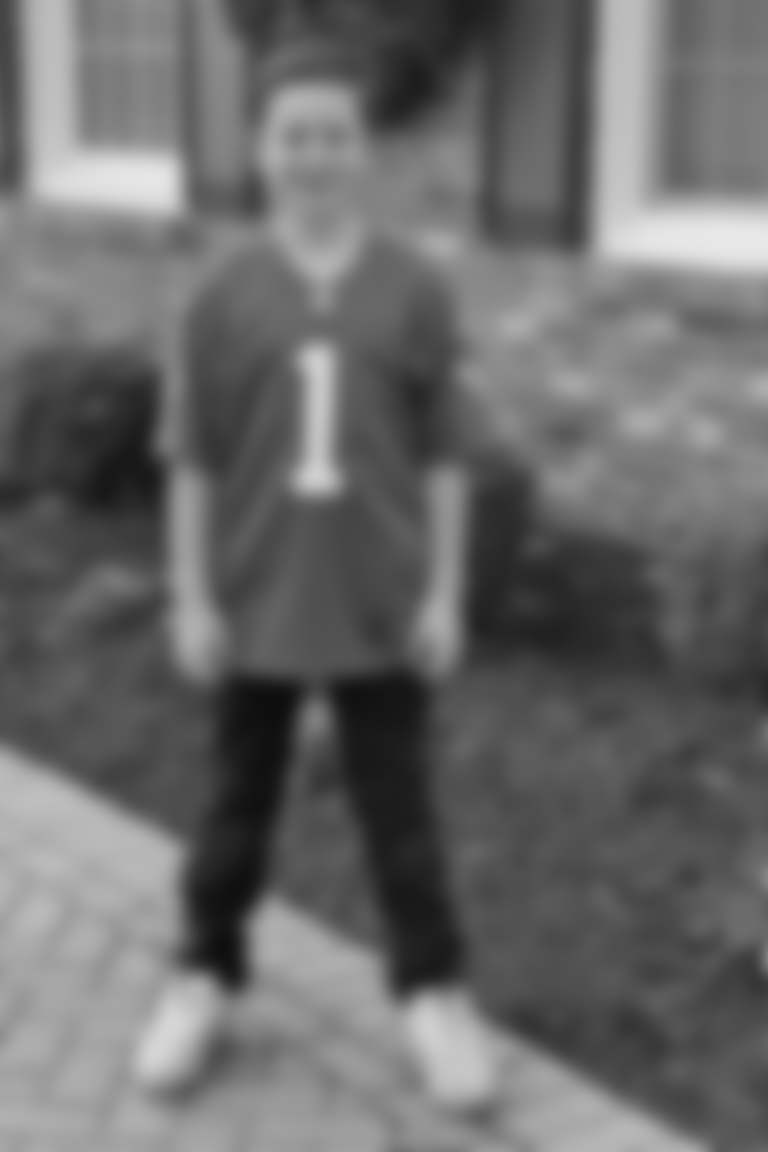
Hugh's Story
When Molly went for her 20-week prenatal anatomy scan, she and her husband, James, received shattering news: their unborn son had congenital diaphragmatic hernia (CDH), a rare condition in which the diaphragm – the muscle that separates the chest from the abdomen – fails to close during prenatal development. This allows abdominal organs (the stomach, intestines, and/or liver) to move into the chest, crowding the lungs and heart and preventing the lungs from growing normally. Doctors in their central Illinois town made it clear that they weren't equipped to handle this anomaly. So, Molly and James did their research. They discovered that the Center for Fetal Diagnosis and Treatment at Children's Hospital of Philadelphia (CHOP) had the deepest experience, treating more than 1,600 CDH cases – more than any other hospital in the world. After flying to Philadelphia to meet the team, their path forward was clear.
"As we walked out of the hospital, I remember saying to James, 'Well, at least we know where we're going,'" Molly says. Adds James, "Looking back, every step of the way, there was a team of people with different skill sets that would serve and guide us however we needed."
James, Molly and their then two-year-old son moved to Philly temporarily a month before Molly's due date. She gave birth in CHOP's Garbose Family Special Delivery Unit (SDU), which allowed newborn Hugh's monitoring and treatment to begin immediately. Holly Hedrick, MD, FACS, performed the surgery to repair the hole in Hugh's diaphragm when he was 10 days old, and he was discharged to return home at 6 weeks.A few weeks after getting home, they had a scare. Hugh began throwing up everything Molly fed him through his nasogastric (NG) tube. She reached out to Dr. Hedrick, who asked, "What does your mom gut tell you?"
"I said, 'My mom gut says something's wrong,'" Molly says. "Dr. Hedrick told us to bring Hugh back as soon as possible."
Within 36 hours they were in Philadelphia again. Hugh had exploratory surgery, which revealed a bowel obstruction that developed from adhesions formed after his first surgery. Hugh is now 10, the second of James and Molly's four children. Molly describes him as a healthy, funny, happy kid that everyone loves. He's obsessed with sports – mostly football.
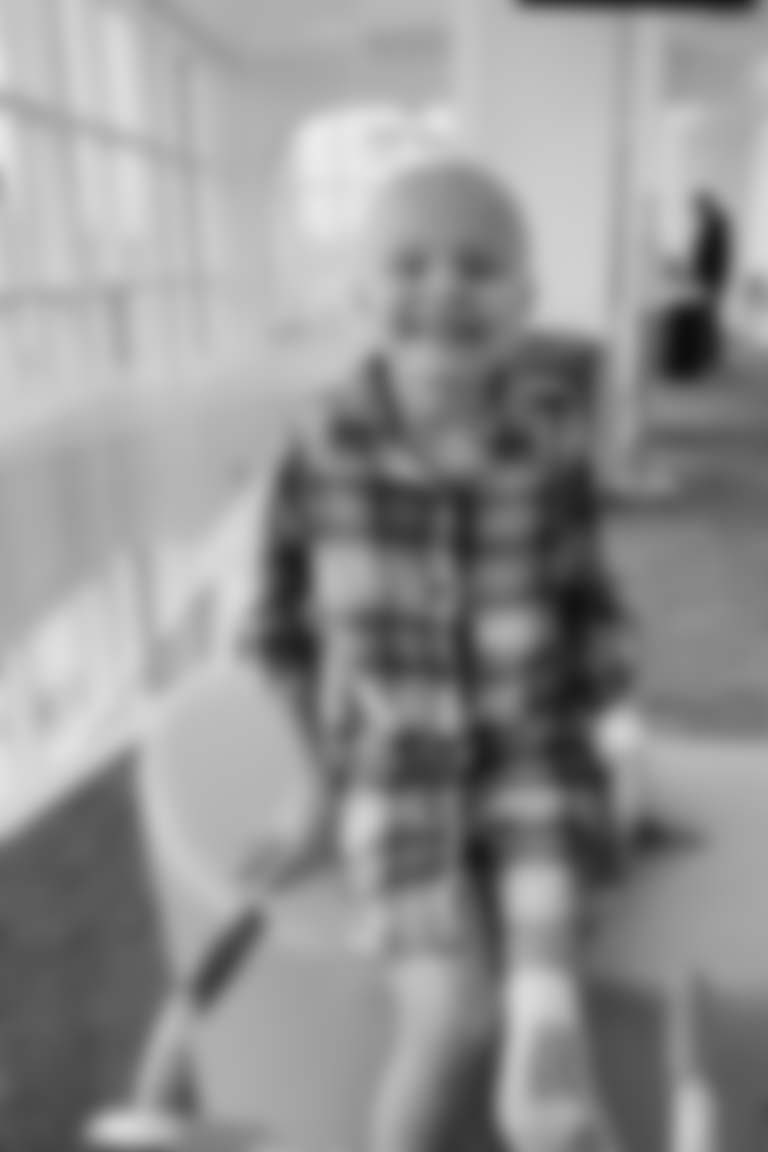
Ava's Story
Ava, age 6, first complained of left knee pain on Mother's Day 2023. Her parents, Amy and Paul, thought it was a minor injury from dancing or gymnastics. Doctors found no injury and advised icing and ibuprofen.
Ava's pain recurred for a week – intense enough to wake her at night. Paul scheduled an appointment with Matthew Grady, MD, FAAP, CAQSM a pediatric sports medicine specialist at CHOP’s Specialty Care Center in King of Prussia. Ava's leg was X-rayed on a Friday afternoon, almost two weeks after the pain started.
"Everyone thought nothing would come of it," Paul recalls. But following the initial X-ray, he remembers the care team asking for another X-ray, higher up the leg.
Dr. Grady and CHOP oncologist Charles A. Philips, MD, MSHP, had a devastating discussion. They suspected a malignancy visible on Ava's femur (thigh bone) indicated osteosarcoma, an aggressive bone cancer that affects around 400 children annually. Osteosarcoma is rare in young children; most cases are diagnosed in adolescence.
Everything happened fast: an MRI within days, and a bone biopsy shortly after that confirmed the diagnosis. The tumor would need to be removed a few months after starting chemotherapy. Amy and Paul met with another CHOP oncologist, Hiroto “Hiro” Kiguchi, MD, to learn about treatment protocols. Chemotherapy started two weeks later.
Although endoprosthesis and amputation above the knee were options, CHOP orthopedic oncologist Alexandre Arkader, MD, suggested rotationplasty, a reconstructive surgery where a patient's ankle joint serves as their knee joint. The procedure involves removing the lower femur, knee and a portion of the leg below the knee. The foot is rotated 180 degrees and attached to the lower thigh to create a functioning joint with similar mobility to a below-the-knee amputation. This allows for a natural joint instead of an artificial one. And Ava can remain active with a prosthetic leg.
Dr. Arkader believed rotationplasty would give Ava the best chance at an active lifestyle as she grows. Facing a heart-wrenching decision, Amy and Paul sought second opinions, and talked to parents whose children had undergone rotationplasty surgery.
In September 2023, three months after her diagnosis and following two cycles of chemotherapy, Ava had rotationplasty surgery at CHOP's Main Hospital on our Philadelphia Campus.
How has Ava handled the challenges? "We are amazed by her," Paul says. He recalls that the day after surgery, "she was already in physical therapy, wanting to get mobile." She returned to school a week later.
After Ava's tumor was removed, an analysis of the tumor showed a high necrosis rate, indicating chemotherapy has had a positive effect. She continues to receive outpatient chemo at the King of Prussia campus. With her prosthesis, Ava has begun her gait training with the use of a walker. Going forward, she'll have regular scans to monitor her progress against her original sarcoma diagnosis.
"We got snow recently, and she grabbed her walker and went out on our deck to start making a snowman," Amy says. "She's a go-getter, and I love that about her."
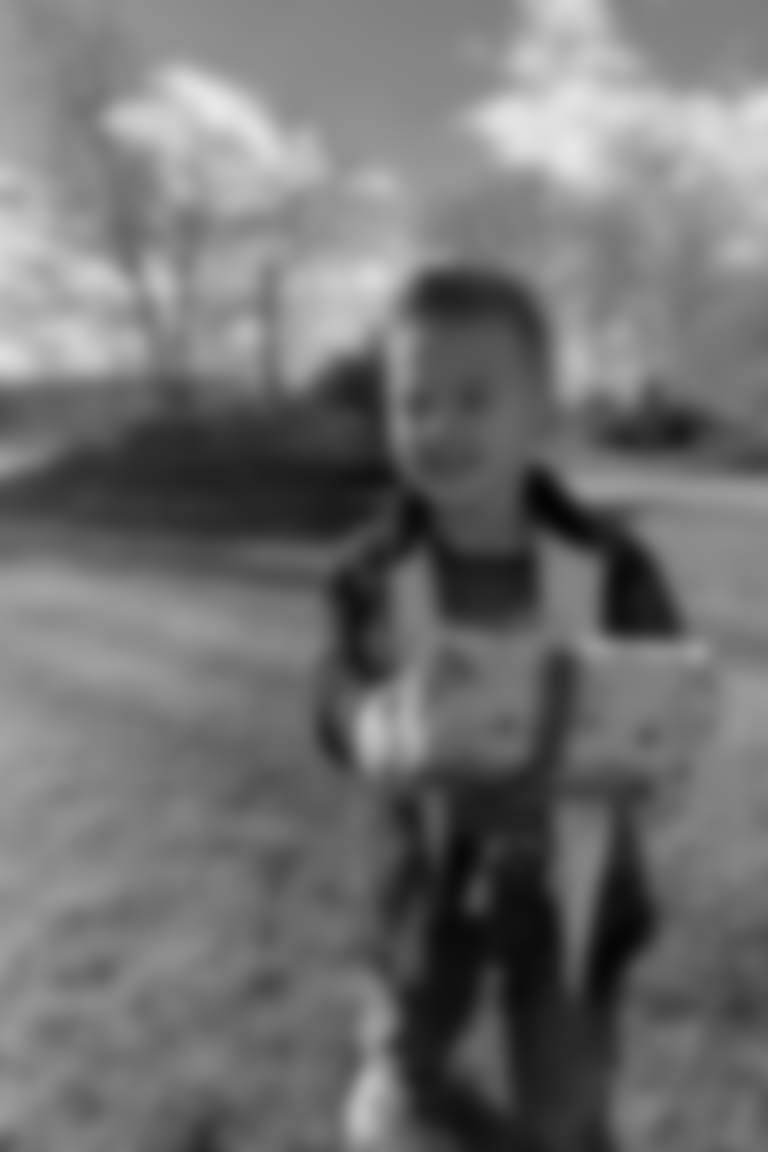
Stephanos's Story
In 2017, a routine prenatal anatomy scan revealed devastating news to Jen and her husband, Peter: their unborn baby had a congenital heart defect. They immediately reached out to doctors at the Children's Hospital of Philadelphia (CHOP) Fetal Heart Program, who confirmed the diagnosis of hypoplastic left heart syndrome (HLHS), a defect in which the left side of the heart is underdeveloped and cannot effectively pump oxygen-rich blood to the rest of the body. Because their son's heart defect was diagnosed prenatally, Jen gave birth in CHOP's Garbose Family Special Delivery Unit (SDU), which allowed newborn Stephanos to receive specialized care right away.
Just a few decades ago, children born with HLHS rarely survived past infancy. Now, the defect is addressed by rerouting the circulatory system with a course of three open-heart surgeries called "staged reconstruction."
Stephanos had his first of three open-heart surgeries, the Norwood procedure, at only 7 days old. He went home after two weeks, with Jen and Peter reporting in on his weight, pulse-oxygen levels, and feeding him through a nasogastric (NG) tube that went up his nose and down into his stomach. The second surgery, called the Hemi-Fontan, happened at 5 months old. And Stephanos had the final procedure, the Fontan, when he was 3.
Stephanos's road to recovery has not been without challenges. During pre-op checks before his second surgery, he went briefly into cardiac arrest. And after the third surgery, Stephanos was, inexplicably, unable to urinate for several months, requiring intervention from CHOP's Division of Urology. And as with any kid healing from major heart surgeries, there's always the worry that any sickness could further damage his heart.
Jen describes Stephanos, now 6 years old, as an "intense" and very athletic kid who's obsessed with Legos and sports, his hometown Phillies and Eagles in particular. His hand-eye coordination is exceptional; he's been swinging a golf club like a pro since he was 18 months old.
Jen says Stephanos doesn't remember much about his time in the hospital. "He remembers the blue popsicles they gave him," she says. "The scary memories are more on our end."
Stephanos is one of many children with congenital heart disease (CHD) who, thanks to surgical innovations at CHOP and elsewhere, have the chance to age into adolescence and adulthood. What that looks like long term for patients like Stephanos is a history still being written. That's why Jen believes that fundraising efforts like CHOP's Philly Spin-In are critical to support future generations of children with CHD.
"My husband and I pray that Stephanos will outlive us," Jen says. "The research funded by these events is going into finding an answer for these kids."
2022 MVPs

Sloane's Story
A barely noticeable rash brought Sloane to CHOP's E.R. and led to her leukemia diagnosis. Her family is grateful that CHOP's world-class pediatric oncology program is so close by.
A few tiny purple spots on Sloane's arms and legs signaled to her parents, Lyndsay and Jon, that something might be wrong. Sloane's pediatrician identified the spots as petechiae and told Lyndsay and Jon to call if they noticed it spreading. "Later that evening, we noticed one more tiny purple dot by her eye," says Lyndsay.
The next morning, the pediatrician recommended taking Sloane to Children's Hospital of Philadelphia's (CHOP) Emergency Department for a blood test. "I knew something was awry when a team of doctors came into our room. It was then that we got the shocking diagnosis that Sloane had leukemia," says Lyndsay. Sloane was immediately admitted to the oncology floor where she spent a lot of time during November and December 2019 — and quickly began making friends with everyone.
Faced with this overwhelming diagnosis, Lyndsay and Jon began to evaluate all options to determine the best course of care for Sloane. "While doing extensive research, we learned CHOP is consistently rated one of the best pediatric oncology units in the world," says Jon. "The highest level of care is available to us right in our backyard — it's literally 0.9 miles door to door."
Sloane underwent chemotherapy of varying intensity and frequency, both in CHOP's oncology clinic and at home administered by her parents. "At CHOP, you can tell that everyone we interact with genuinely cares about our family," says Lyndsay. Sloane has so many friends, from the front-desk admins to the triage nurses to her care team. She looks forward to going to clinic and is always sad when it's time to leave.
Now 4 years old, Sloane finished her treatment in January 2022, so she doesn't see her CHOP fan club as often. "If we have other appointments at CHOP, we'll stop in the oncology clinic to say hi," says Lyndsay. With no more restrictions on her activities, Sloane played soccer over the summer, loved going to the beach and even went to Disney World. This fall, Sloane started pre-K. "She was ready to go on the first day of school," Lyndsay reports. "She just wanted us to drop her off and not go in with her!"
Throughout everything, Sloane's outgoing personality shines through. "She likes to be the leader, whether of her friends in the playground, her dogs, Woodley and Ranger, but especially her parents," Jon says with a laugh.

Julia's Story
While Julia's diagnosis of a brain tumor was a shock to her family, the location and type of tumor meant surgery at CHOP was the only treatment she needed.
In early 2015, when Julia was 9, she became sick, with symptoms of morning vomiting, fatigue and minor headaches. After several trips to the pediatrician and a referral to a gastroenterologist, her parents, Sue and Scott, noticed that Julia's smile was crooked and she was not using her left arm as much. Their concern grew as her symptoms did not seem to fit any of the illnesses for which the GI doctor wanted to test. Then in March, the school nurse called to say Julia was complaining of a headache and was having difficulty swallowing acetaminophen, so her parents rushed her to the Emergency Department at Children's Hospital of Philadelphia (CHOP). "The 15-minute drive to CHOP was terrifying," Sue recalls. "Julia was slumped over to one side and was very lethargic and could barely respond to questions." Scott carried her into the ED, where she was seen almost immediately. The initial thought was that she was dehydrated. "We had a terrible feeling that was not the case," says Sue. After fluids did not help, she was taken for a CAT scan: "Our worst fears were confirmed — Julia had a large tumor on the right frontal cortex of her brain."
"Although it was a difficult diagnosis to grasp, we were told very encouraging news from the beginning," says Scott. Julia's neurosurgeon, Phillip "Jay" Storm, MD, met with Sue and Scott in the ED explained that Julia would be having surgery "during this hospital admission." "How did we send our daughter to school that morning and now we were talking brain surgery within the next day?" Scott remembers with amazement. That evening, Dr. Storm performed a procedure to drain the fluid from the cystic part of the tumor. During this surgery, they also did an MRI so that Dr. Storm could plan the surgery to remove the tumor.
Julia's reaction to learning what was wrong was memorable: "When we explained to her that the doctors discovered what had been making her sick and that they were going to do surgery to take out the tumor, she responded with an emphatic 'Yay!'" says Sue. "Julia has always been a very tough child, and it was evident that she had been feeling much worse than any of us knew."
The next morning, Dr. Storm removed the entire baseball-sized tumor during a five-hour operation. The location of the tumor was ideal for complete removal, and the type was classified as non-cancerous, meaning neither chemotherapy nor radiation was needed after surgery. After a few weeks of physical therapy, Julia was back to all her normal activities.
Now, more than seven years later, Julia is an active, healthy teenager who plays varsity and club lacrosse and soccer and excels academically in high school. She enjoys hanging out with her friends, skiing and going to the beach.
"Words cannot summarize our gratitude for the doctors, nurses and the rest of the staff at CHOP who treated Julia and who care for sick kids day after day," says Sue. "While we feel that her full recovery was a miracle, we are so fortunate to have CHOP in our community. Without CHOP. Julia's outcome and long-term prognosis could have been very different!"

Jayden's Story
Vomiting and swollen legs led to a shocking diagnosis: Jayden's heart was failing. A heart transplant at CHOP has transformed his life.
In the fall of 2021, 11-year-old Jayden started vomiting often — soon it was happening every day, sometimes more than once. "We took him to the E.R., to his primary care doctor," says his older brother Travis, who is Jayden's primary caregiver. "No one could figure out why. They were thinking it was a digestive issue."
It was a tough time. The brothers were still grieving their mother's death from cancer just a few months prior. Jayden's vomiting and stomach pain persisted for weeks. Then his legs began swelling. Jayden's primary care doctor was concerned about the swollen legs and ordered imaging. That's when it was discovered that his heart was enlarged.
Jayden was diagnosed with cardiomyopathy, a disease of the heart muscle that makes it difficult for the heart to pump blood to the rest of the body. Cardiomyopathy can lead to heart failure. He was admitted to a local children's hospital and put on medications, but he didn't improve.
"The doctors met with us, and they mentioned transplant," says Travis. They suggested transferring Jayden to Children's Hospital of Philadelphia (CHOP), where the experts at the Heart Failure and Transplant Program have extensive experience treating heart failure in children of all ages.
"They've been an amazing team," Travis says of CHOP. "They explained everything about the procedure and what Jayden had to do to be in good enough health for a transplant." Jayden first underwent surgery in December 2021 to implant a left ventricular assist device, which is a pump that does most or all of the work of the heart.
After a few weeks, they received the call: a heart was available. Travis laughs with amazement about Jayden's reaction. "He was acting like he wasn't nervous — like just nonchalant. I asked him, 'How are you not afraid?' If that was me, hearing they're going to take my heart out, I wouldn't be that brave!" Travis thinks Jayden was taking after their late mother. "Mom had brain cancer and three operations, and she was always tough. He gets it from her."
The transplant surgery in February 2022 was successful, and Jayden's recovery has been steady. When it was time to go home, "They were great in training us," Travis says of the CHOP team, "and were always checking in on us." Jayden, now 12, was able to return to school near the end of the spring semester and was recently cleared to play sports. "We're getting back into a routine," Travis reports happily.

Amir's Story
Amir was born with multiple spinal problems. Surgeries at CHOP have helped straighten his spine, improving his self-confidence.
Eleven-year-old Amir is in sixth grade. He was born with multiple spinal problems, including spina bifida and congenital complex spinal deformity, a condition in which an area of the spinal column doesn't form properly, leaving a section of the spinal cord and spinal nerves exposed through an opening in the back. He also has severe curvature of the spine, and he is of short stature. These conditions have affected his ability to play the sports that he loves.
In 2020, his mother died suddenly, and he has since been adopted by his second cousin, Veda. "He is very resilient and has adjusted," says Veda proudly. "He loves video games, reading, watching the Philadelphia Eagles and holding in-depth conversations."
Veda brought Amir to Children's Hospital of Philadelphia (CHOP), where he is cared for by several specialists, including a team in the Division of Orthopaedics. Dr. Keith Baldwin, a scoliosis surgeon and the Director of Orthopaedic Trauma, has directed his care. Amir has undergone surgeries to detether his spinal cord by Dr. Gregory Heuer, and Drs. Baldwin and Jason Anari performed surgery to stabilize and decrease the curvature of his spine.
"Amir is a tough guy who has experienced a lot in his short, young life and is improving nicely after his surgery. Throughout it all, he has maintained a happy and cheerful attitude that is frankly inspirational," says Dr. Baldwin.
"This procedure has added 4 inches to his height and has improved his self-confidence," Veda reports. "Dr. Baldwin and his team were compassionate and provided excellent care to Amir."
2021 MVPs

Colton
After suffering a traumatic brain injury when he was just a newborn, Colton was diagnosed with epilepsy, cerebral palsy and visual impairment caused by the damage to his brain. Following a successful brain surgery at CHOP, 5-year-old Colton is now seizure free.
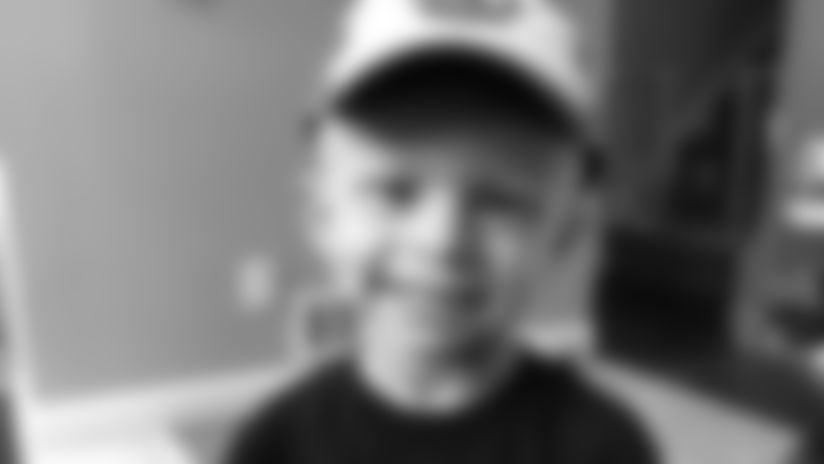
Nicholas
When Nicholas was 2, his parents received this unimaginable news: Their son had cancer. The tumor in his abdomen was so large that his left lung had collapsed.

Asher
As a toddler, Asher was diagnosed with sickle cell disease, a painful, debilitating condition. For years, he suffered through multiple hospitalizations and monthly blood transfusions. When he was 13, his family came to CHOP to explore the curative therapy of a bone marrow transplant.

Kristi
After learning she had scoliosis, Kristi hesitated to have surgery, afraid it would impact her very active lifestyle. Instead, after undergoing the procedure to fuse titanium rods to her spine, she can do more than before.
2020 MVPs
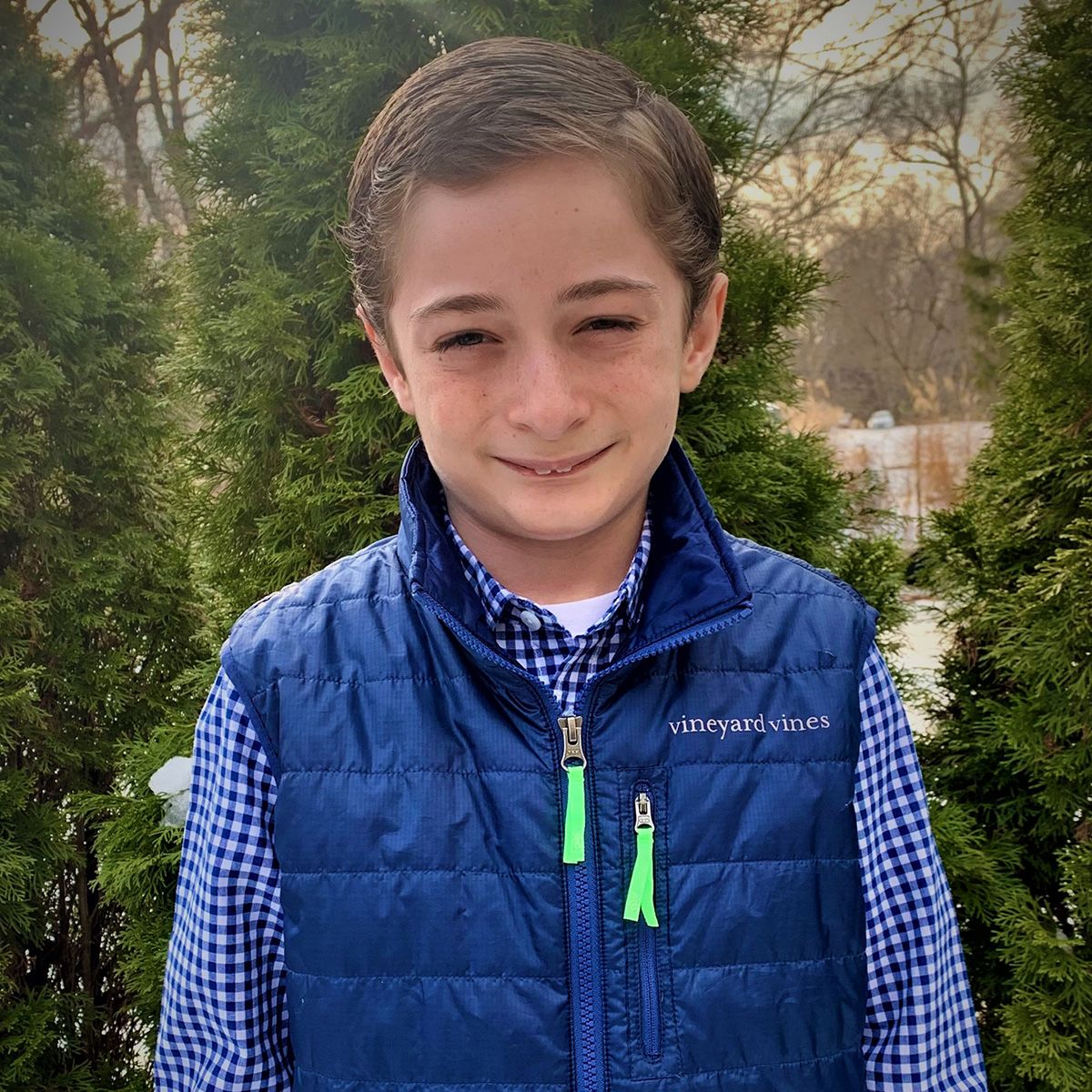
Jack | Eagles vs. Washington
Jack, a triplet, only weighed 3.2 pounds at birth and spent 23 days in the NICU at CHOP. Growing up, he experienced multiple developments and speech delays. Fortunately, he was able to participate in special programs along the way to assist him, including the CHOP Special Babies Clinic. At age 12, he was diagnosed with Autism, but thanks to the doctors and resources at CHOP, he has been able to develop the skills he needs to strive. Find out more about Jack's story below.
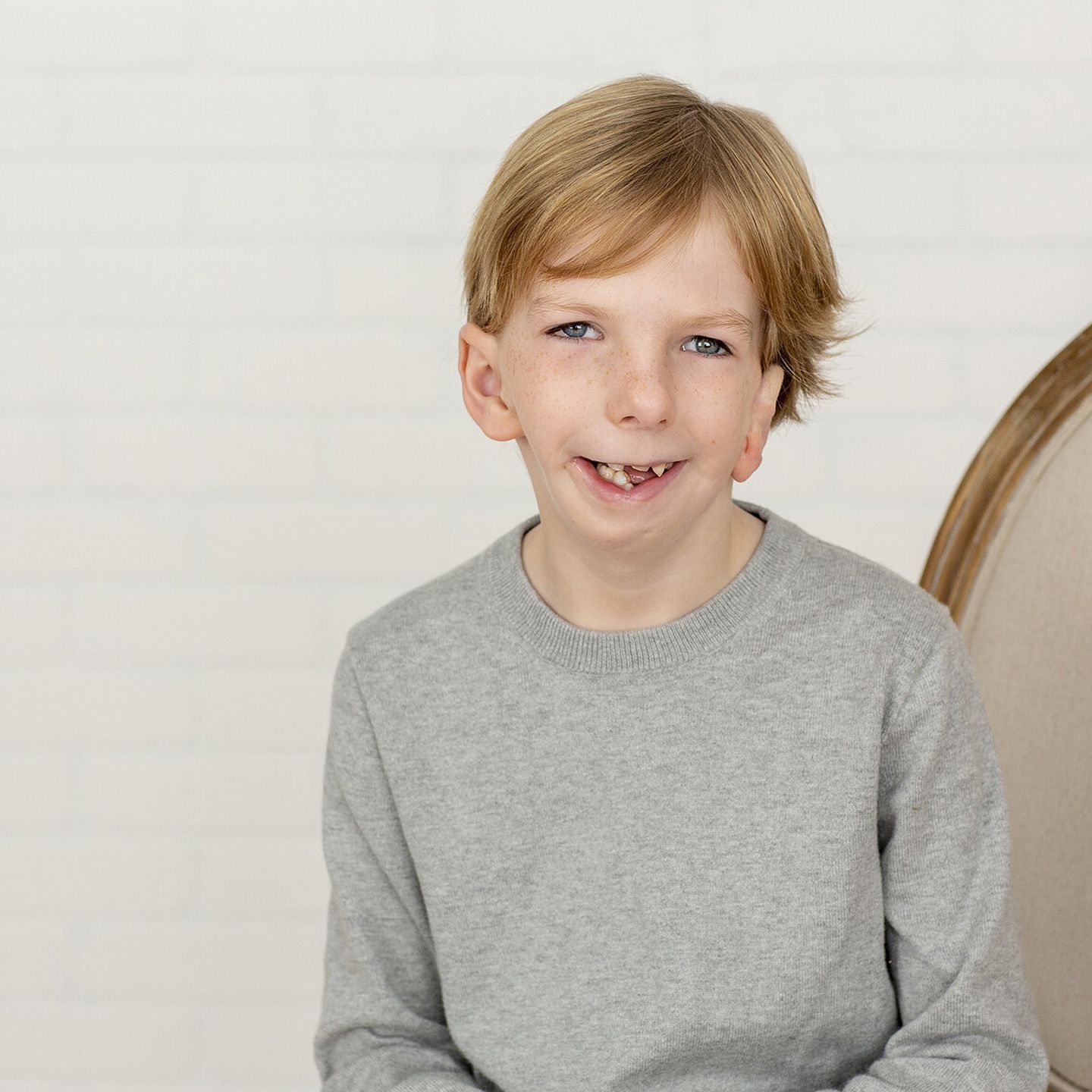
Raymond | Eagles vs. Seahawks
Raymond was born with a craniofacial difference condition called Hemifacial Microsomia. It was very difficult for him to breathe on his own, and his jaw and airway were some of the tiniest his doctors had ever seen. After he was born, Ray began his life with a two month stay in the Neonatal Intensive Care Unit at The Children's Hospital of Philadelphia (CHOP) and since then has undergone ten surgeries throughout his life. Click here to learn more about Ray's journey and his inspirational message.
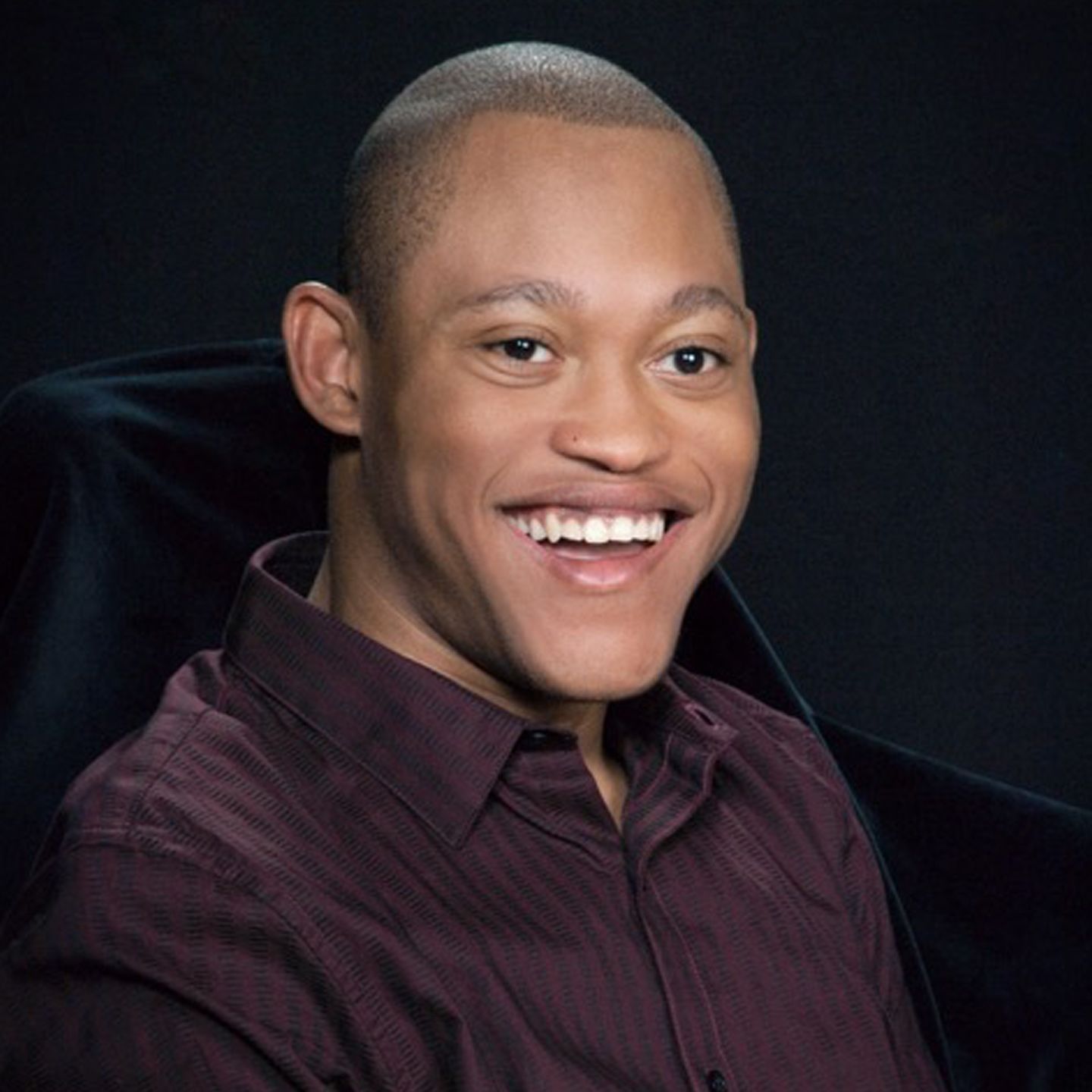
Gabriel | Eagles vs. Cowboys
Gabe was born 13 weeks prematurely, weighing only 25 ounces. He battled for the first five months of his life but thanks to his second family, the Neonatal Development Program and Cerebral Palsy Clinic at Children's Hospital of Philadelphia, at 19 years old, he has far exceeded expectations. Click here to learn more about Gabe's journey and see his charming smile!
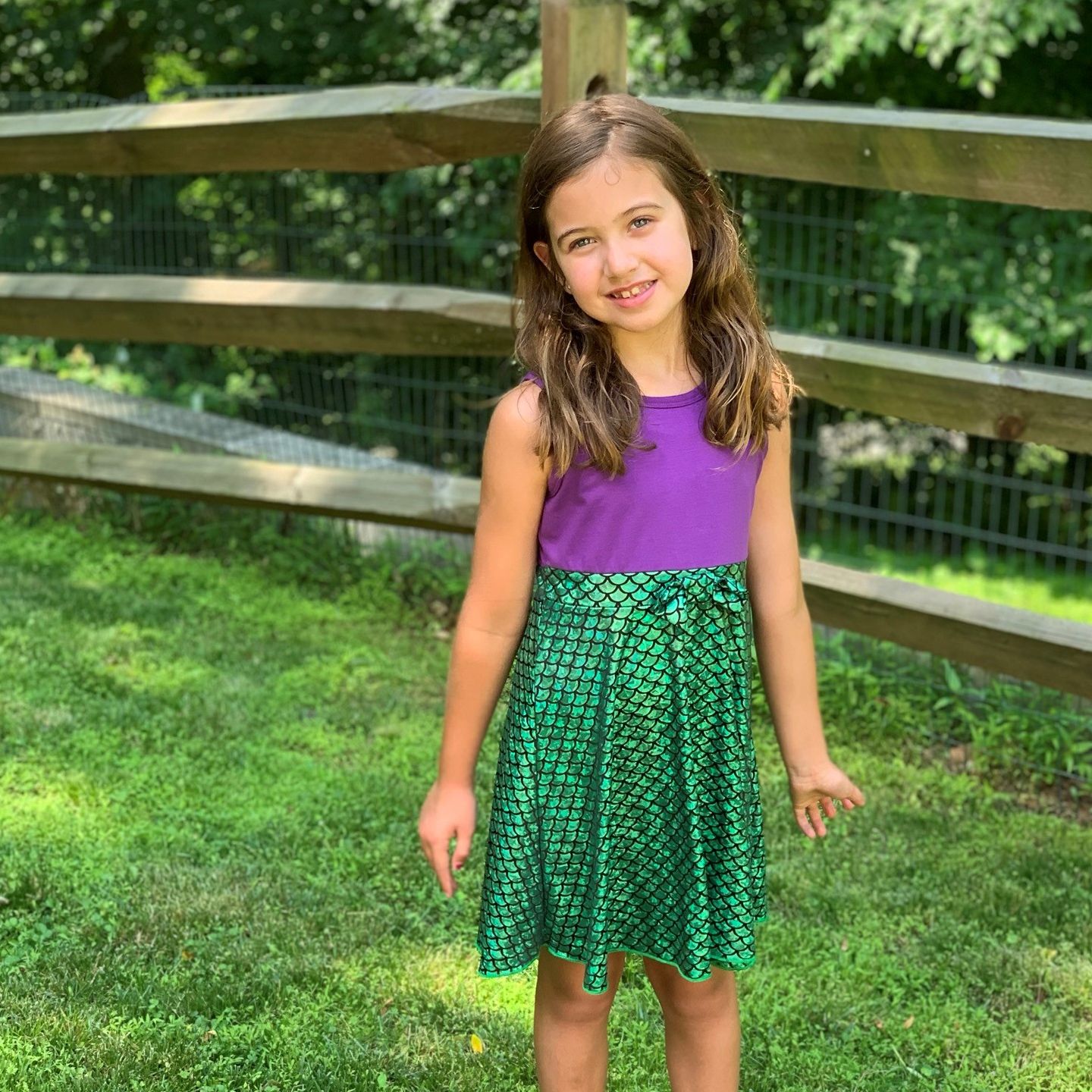
Emily | Eagles vs. Giants
At 20 weeks, an ultrasound showed that Emily had sacrococcygeal teratoma (SCT), a tumor located at the base of her tailbone. She was given a 50/50 chance of survival, so her parents turned to Children's Hospital of Philadelphia and the Center for Fetal Diagnosis and Treatment, for help. At 34 weeks, the tumor hemorrhaged, requiring an emergency C-section, causing Emily to lose a lot of blood. The next day, the tumor, which weighed more than two pounds – a third of her birth weight - was removed via surgery. Click here to find out how far Emily has come!
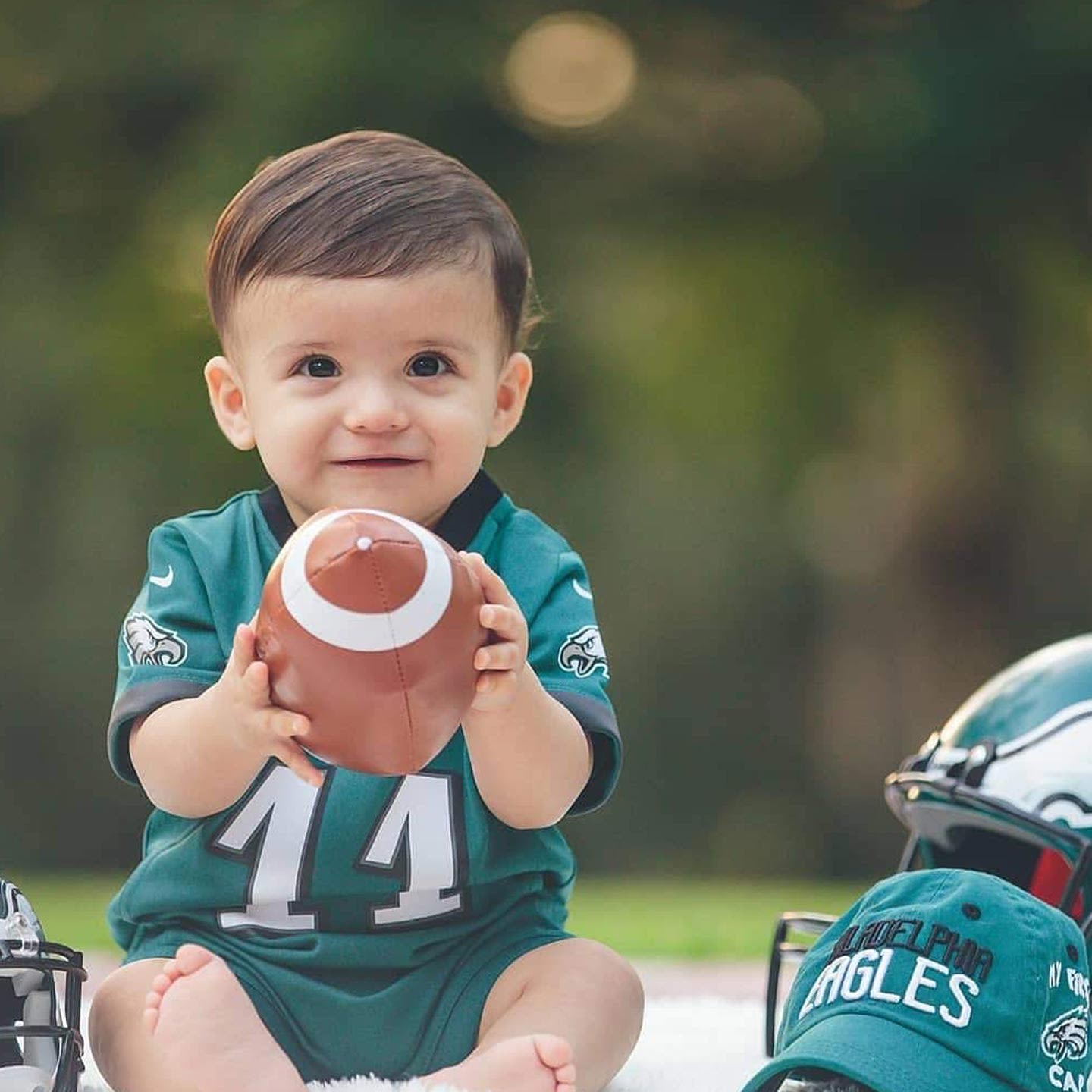
Jayant | Eagles vs. Ravens
During a routine 18-week ultrasound, Jayant was diagnosed with the most severe form of spina bifida. The family temporarily relocated from Florida to Philadelphia to undergo fetal surgery to treat the condition while he was still in his mother's womb. After his birth, he only had to spend six days in the NICU and the family was able to return home to Florida for Christmas. Every year, they travel back to CHOP for annual appointments with the neurosurgeon. Click below to learn more about Jayant and his family and how they became lifelong Eagles fans.

Caylin | Eagles vs. Bengals
Shortly after birth, Caylin was diagnosed with sickle cell disease, causing her to have multiple visits to CHOP's Emergency department for sudden fevers and infections. Since the age of 5, she's undergone regular blood transfusions. Her experiences with CHOP have inspired her to pursue a career in the medical field. Click below to learn more about Caylin's story.
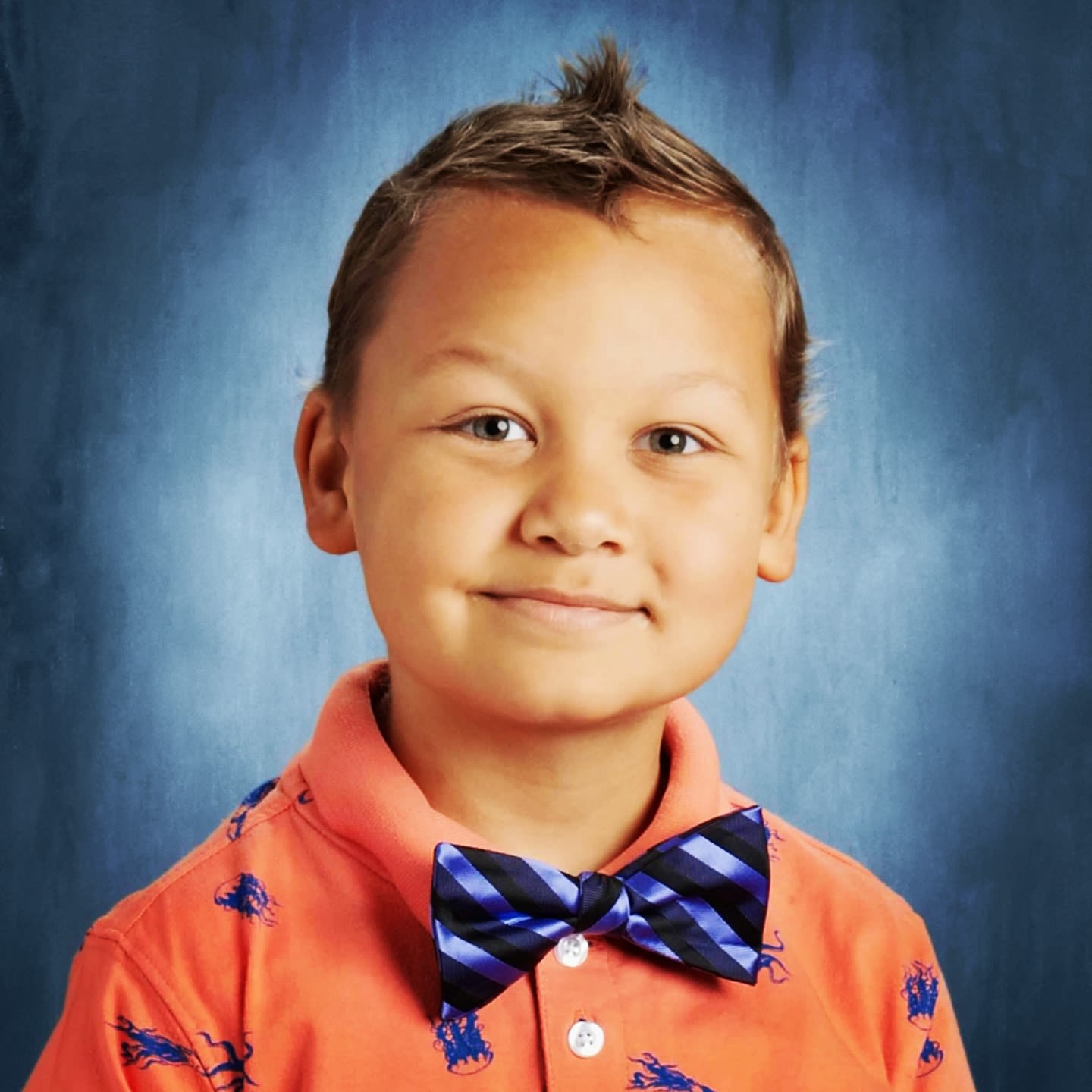
Guy | Eagles vs. Rams
After complaining of a sore arm, Guy was sent to CHOP by his pediatrician, where he was diagnosed with osteosarcoma in his right humerus. This required multiple bouts of chemo and surgery. After being in remission, routine scans showed it had returned to his lung. CHOP was quick to remove it and since then, Guy has routine scans every 3 months to monitor it. Through it all, he continues to stay strong. Click below to learn more about Guy's story.

